Zigugu is a small embroidered pad, which consists of one square, but has a bulk form. This master class will teach you to properly assemble Zigugu. Any square scheme is suitable for embroidery, the pattern of which is symmetrically located relative to the center. Work can be performed by a cross, stitching or any decorative stitches. In this example, the "Algerian peephole" of two types is used.
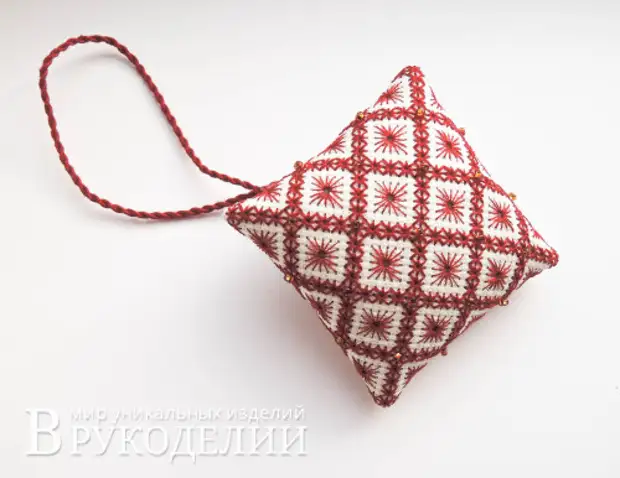
For the manufacture of ziguchi you will need:
• Canva;
• Moulin;
• sewing threads;
• beads;
• Singry procession;
• Family, scissors, needles.
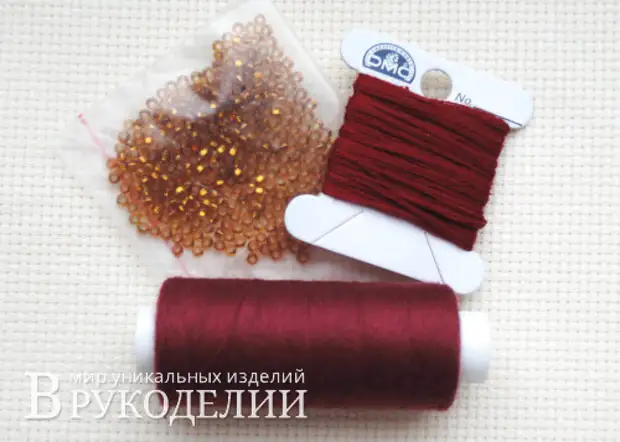
Thread Moulin in two additions embroider 6x6 squares grille using the "Algerian eye" from 8 rays. Then, inside each square, the lattice perform a large "Algerian eye" from 16 rays thread in one addition. In order for the center of each eye, a neat hole was obtained, it is necessary to embroider in a circle, moved to one canvas cell. The thread should be well stretched. On the perimeter of the finished lattice laying the seam "Back Neck", so that the stitches are located in each canvas cell. Decorating the grille beaded. We remove the work with the hoop and cut off the surplus of the canvas, leaving the allowance of 5-7 mm.
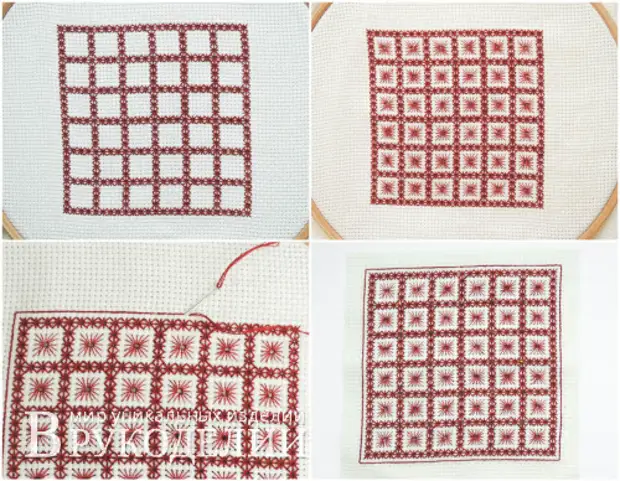
Before proceeding with the assembly, cut off 2 m threads Moulin, fold in half and twist the cord. The lace make a loop, the ends of which connect the node.
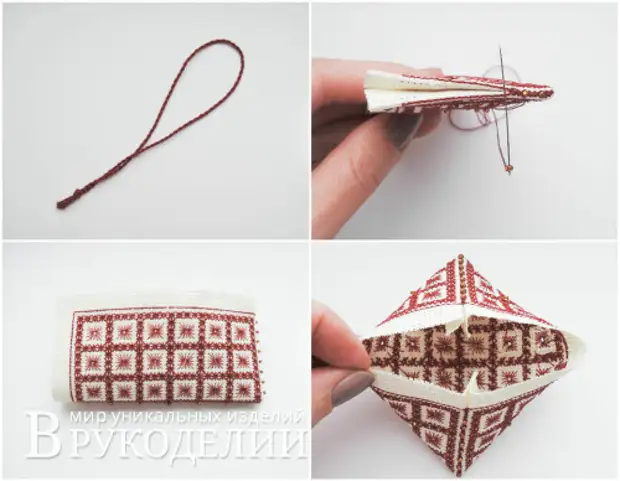
Square bend in half so that the front side of the embroidery remains outside. Side powders refuel inside the rectangle and sew ordinary thread, sequentially introducing the needle stitches of the seam "Back Neck". Each third stitch is performed by capturing beads. We sew one side of the square, then the opposite one. We get a rectangle: two short sides are sewn, one long open. We deploy the work of the open side upstairs and fold the square angles, as shown in the photo, forming a "boat". We proceed to stitching the remaining parties. Please note that we sew both sides to half, leaving a hole through which we make a package.
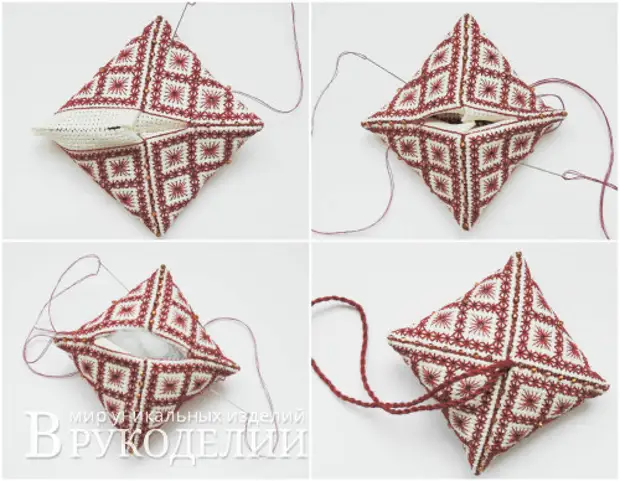
Insert the synthesis in small pieces, ranging from the corners. In the process of packing uniformly distribute the filler so that no lumps and irregularities are. When the product takes the shape of the pads, we sew the remaining hole, first from one, then on the other hand. At the last moment we put a hinge knot into the center, which we have prepared in advance. Fix the lace multiple stitches. Ends of threads hide inside the pads.
Zigugu is ready! Successes in needlework!
a source
